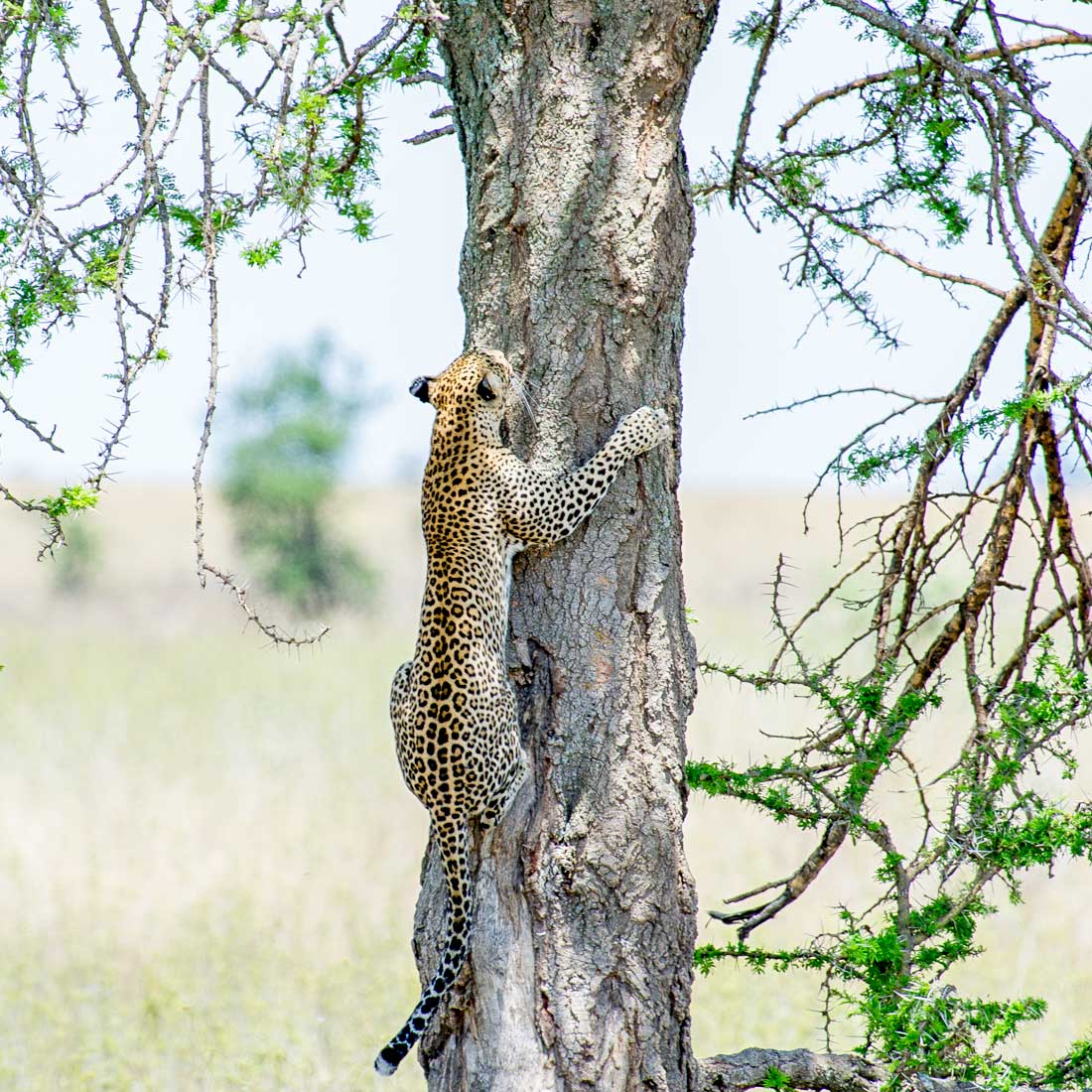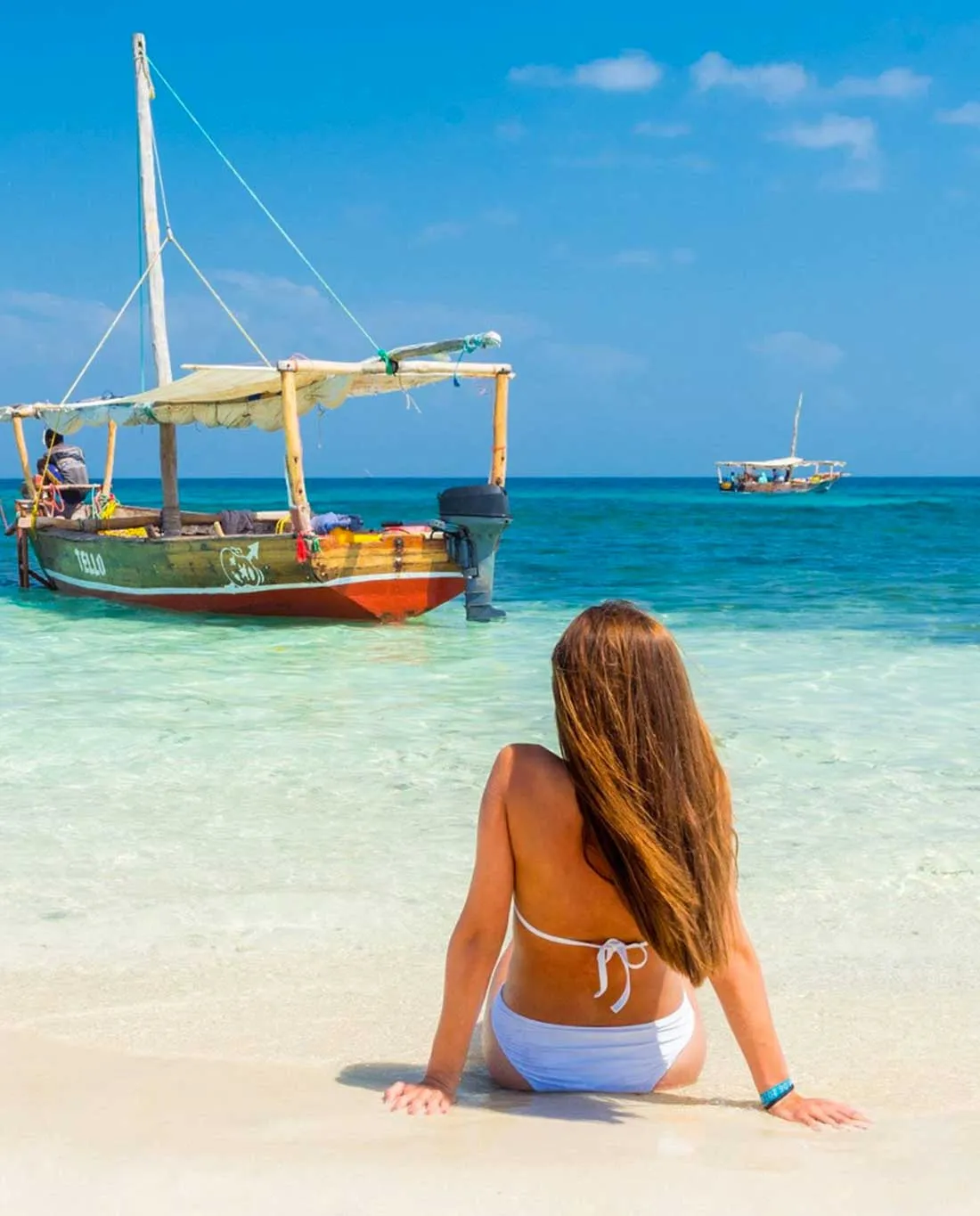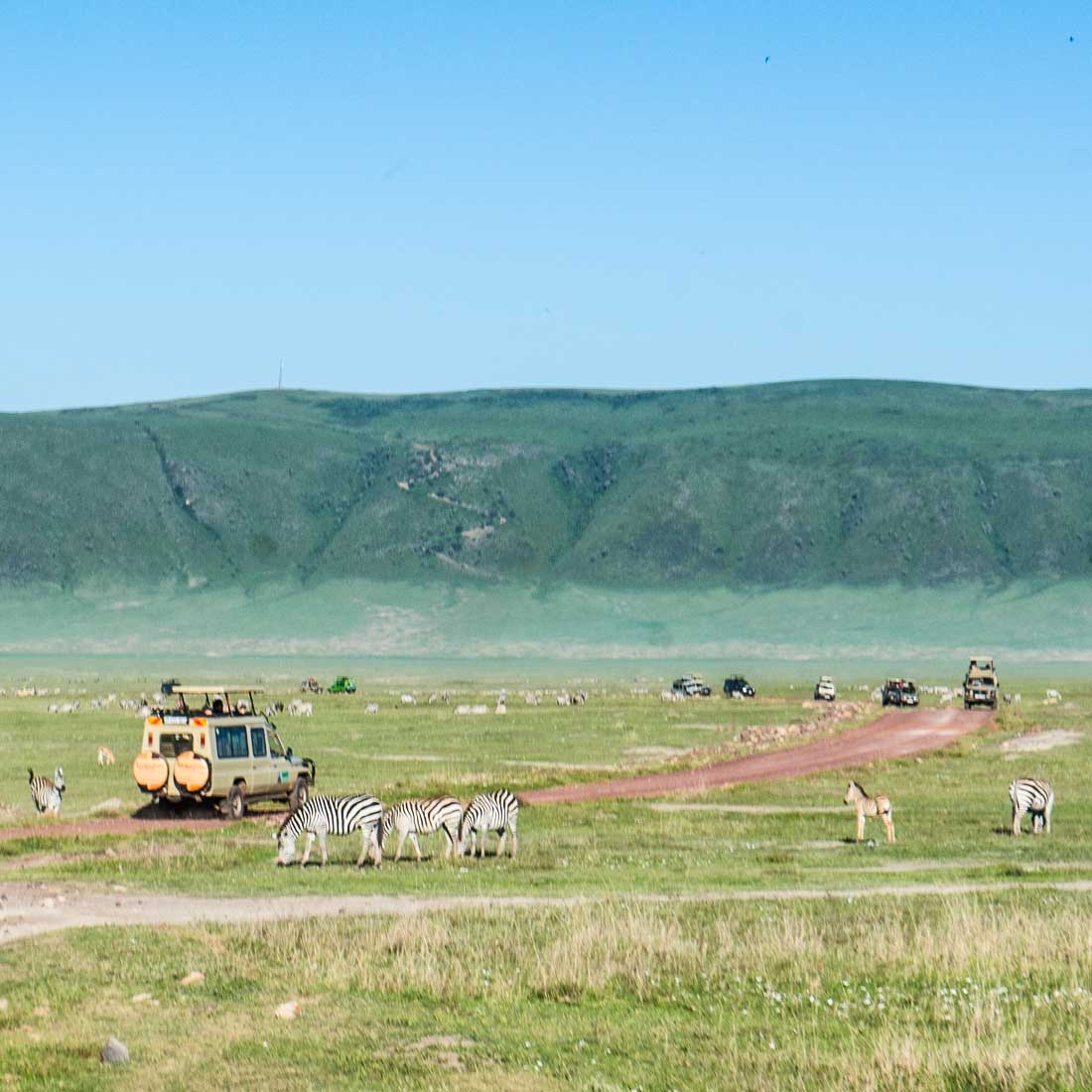Understanding, Preventing, and Managing AMS (Acute Mountain Sickness)
Climbing Mount Kilimanjaro (5,895m) is a life-changing experience. However, the rapid gain in altitude can pose a serious challenge: altitude sickness, also known as Acute Mountain Sickness (AMS). Being aware of its causes, symptoms, and prevention can be the key to a successful and safe summit.
What Is Altitude Sickness?
Altitude sickness occurs when your body fails to adjust to lower oxygen levels at high elevations. As you ascend Kilimanjaro, the air becomes thinner, and the oxygen level decreases—almost 50% less at the summit compared to sea level.
Types of Altitude Illness
1. Acute Mountain Sickness (AMS) – Most common
Symptoms include:
Headache
Nausea
Fatigue
Dizziness
Loss of appetite
Disturbed sleep
2. High Altitude Cerebral Edema (HACE) – Severe, life-threatening
Symptoms include:
Confusion
Hallucinations
Loss of coordination
Inability to walk
Coma (if untreated)
3. High Altitude Pulmonary Edema (HAPE) – Severe, life-threatening
Symptoms include:
Note: HACE and HAPE require immediate descent and medical attention.
What Causes Altitude Sickness?
Altitude sickness is primarily caused by ascending too quickly without allowing the body to gradually adapt to lower oxygen levels. Contributing factors include:
How to Prevent Altitude Sickness on Kilimanjaro
1. Choose a Longer Route
Opt for a 7–9 day itinerary to allow for gradual acclimatization. Routes like Lemosho, Machame 7-Day, or the Northern Circuit are ideal.
2. Climb Slowly – “Pole Pole”
Our guides encourage a slow, steady pace to help your body adjust. Rushing increases your risk of AMS.
3. Stay Hydrated
Drink at least 3–4 liters of water daily to aid acclimatization and prevent dehydration.
4. Eat Well
Maintain your energy levels with balanced meals. Your appetite may decrease, but eating is essential.
5. Sleep Low After Climbing High
We incorporate the “climb high, sleep low” approach in our itineraries to help your body adjust.
6. Consider Preventative Medication
Consult your doctor about taking acetazolamide (Diamox), which can reduce symptoms of AMS.
What to Do If You Get Sick
If you experience AMS symptoms:
Inform your guide immediately
Rest and avoid further ascent
Take prescribed medication
Monitor symptoms closely
If symptoms worsen or develop into HACE or HAPE, immediate descent is mandatory. Our trained guides are equipped with:
Oxygen cylinders
Pulse oximeters
First-aid kits
Evacuation plans
Is Altitude Sickness Preventable?
Not completely—but it’s manageable with the right approach. Even experienced trekkers can feel the effects of altitude. The best defense is:
Our Promise to You
At African Giant Adventures, your safety is our top priority. All our Kilimanjaro treks are designed with altitude awareness in mind, and our certified mountain guides are trained to spot and treat AMS symptoms before they become serious.
Plan Smart. Trek Safe. Summit Successfully.
Climbing Kilimanjaro isn’t just about physical strength—it’s about respecting the mountain and preparing your body for high elevation.
Need help choosing the best acclimatization route or training tips? Contact our team for personalized guidance and support.





